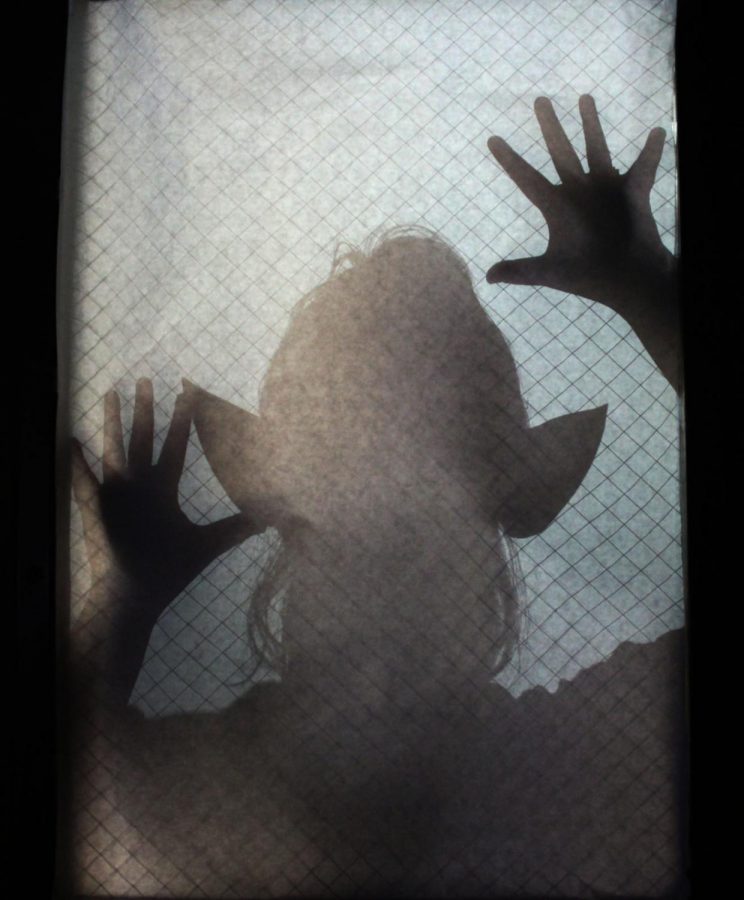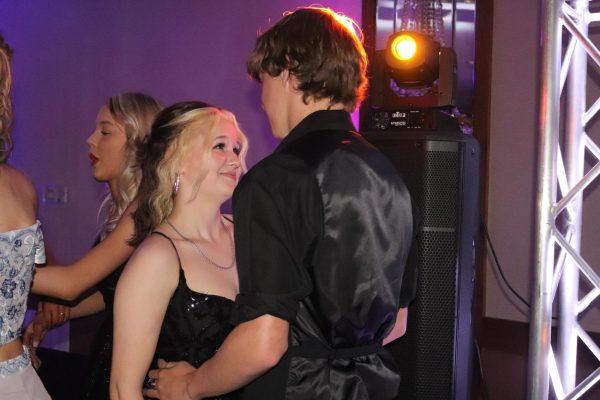Students and teachers overcome childhood terrors
Photo Illustration
Fears can range from a phobia of spiders to an intense terror of ghosts. Many fears and phobias are often grown out of by adulthood – but some are left imprinted on the mind forever.
“I used to be scared that a snake would crawl out of porta potties,” junior Rylee Pals said. “My sister told me when I was little that if I used the porta potty, a snake would crawl up and bite my butt.”
Psychologist Natasha Daniels is able to associate childhood fears with phases in mental development and lists a loose criteria of fears in her article “Childhood Fears By Age,” published on AnxiousToddlers.com. For example, children between ages 2-4 have simple fears such as loud noises, bugs and strangers. However children as old as 8-11 years of age may have less amatuer fears such as fears of dying, sickness and peer rejection.
Daniels also says that one of the most common fears for 2-4 year olds is a fear of the toilet – some children simply feared the noise while others with more active imaginations had fears similar to Pals.’
“An unpleasant emotion caused by the belief that someone or something is dangerous, likely to cause pain, or a threat,” is the official definition of fear provided by the Merriam Webster dictionary.
According to Tara Richards’ article “Top 10 Toddler Fears” on Parents.com, the top toddler fears include the dark, monsters, weather, bad dreams, strangers, separations, being alone, masks and costumes, toilets and bathrooms, and doctors and dentists.
Fear happens, and most people and they try to avoid it as much as possible. The most common coping mechanism for people is simply avoidance.
“I feared the ‘Chucky’ movie when I was six. Things that come to life that aren’t supposed to freak me out,” math teacher Kyle Stoecklein said. “I just avoided the TV every time it came on.”
Students and teachers said they dealt with their fears in their own ways. Junior Maleek Porter handled his in a rather violent way.
“I had a skeleton under my bed and, to get over my fear, I smashed it with a toy box,” Porter said.
Art teacher Jenny Greene has many fears and pushes herself to overcome them.
“I push myself toward what I fear the most,” Grenne said.
The physical cause of fear stems from the amygdala, a bundle of neurons in the shape of two almonds located deep in the temporal lobe. Psychologist Ric Ferraro in the article “Why Do We Get Scared” written by Brendan D’mello on scienceabc.com, explains that phobias can easily be associated with a mix of surroundings, injuries, and negative feelings.
While some people grow out of the common childhood fears, some have other phobias that stick with them.
“My fear is claustrophobia,” sophomore Anna Cawood said. “I hate the tight feeling of a small room and the suffocating feeling I get.”
“I fear demons, for I don’t know what they would do to me and how I would stop it,” sophomore Madelyn Breshears said.

Sophomore Bonnie Davis is a wonderer to any and all, whether that be person, place, or thing. This is Davis’ first experience on the The Wildcat news...






